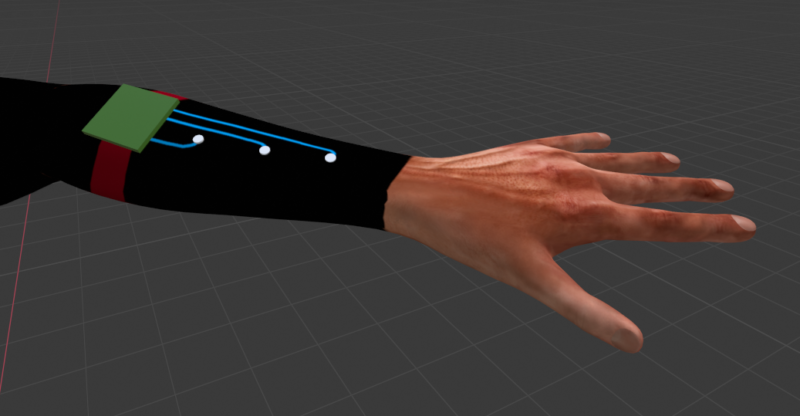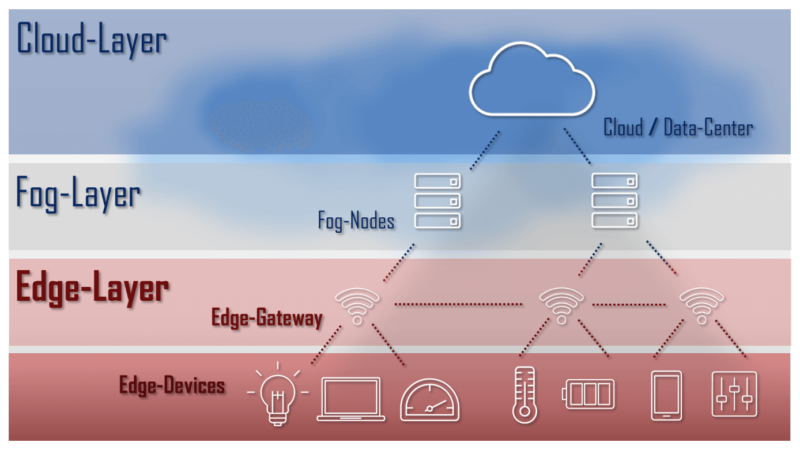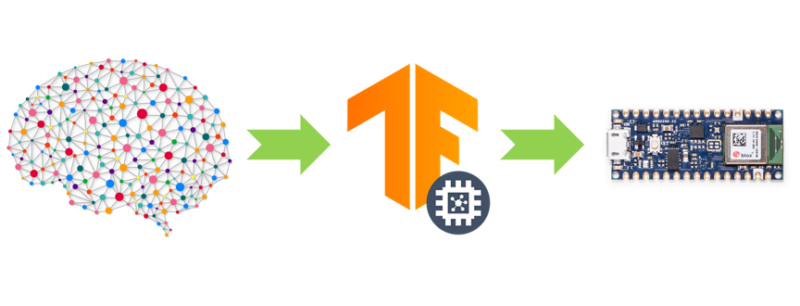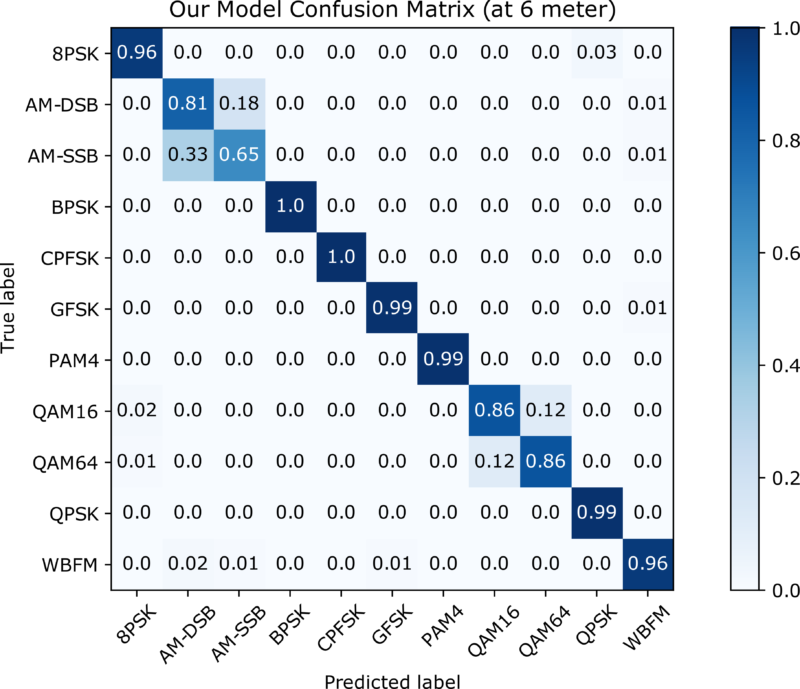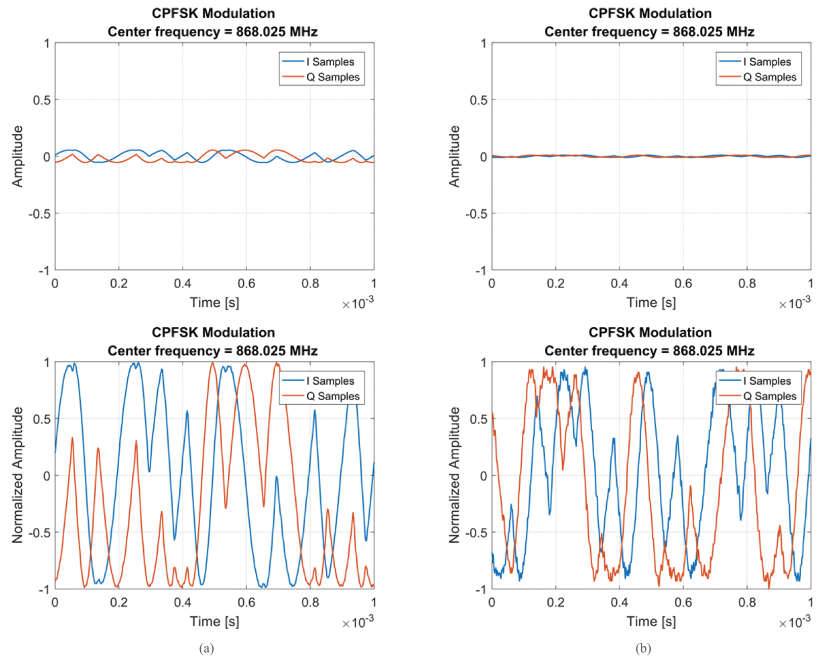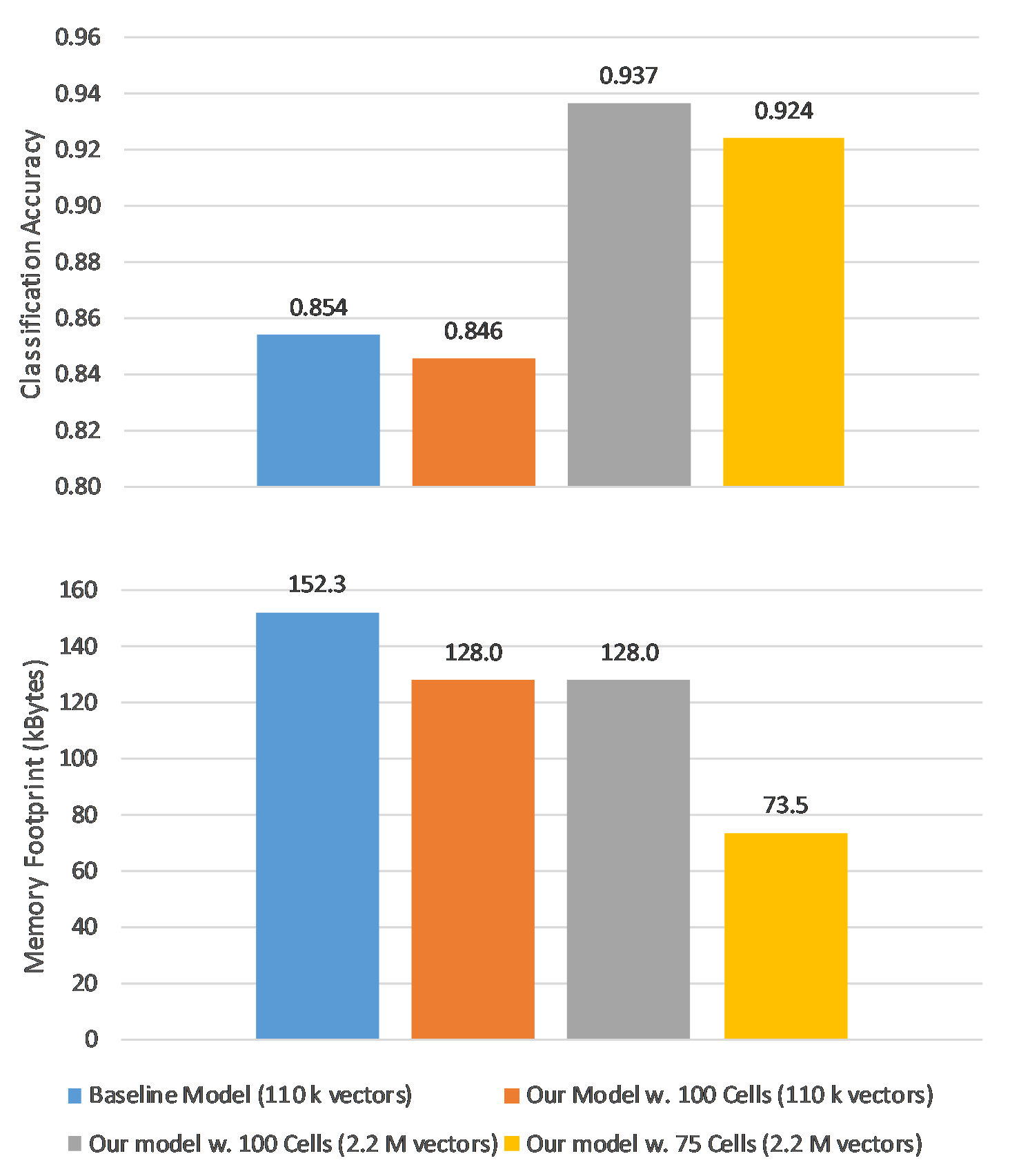In the past few years, technological developments have allowed the invention of aid systems for disabled people. Related to visual impairment, many of these systems have focused on achieving a correct guidance for these people.
There is an open research line in the B105 Electronics System Lab which is focused on this field. Specifically, its goal is to give more autonomy to blind people to move around cities, building interiors… To make this possible, a system provides acoustic and tactile information through sensory substitution. However, the user’s experience is limited because of these tactile stimuli are generated by a smartphone. Therefore, this branch of the research has a lot of room for improvement.
This graduate thesis is focused on the development and implementation of a device able to provide a better tactile experience with haptics stimuli based on the user’s movement.
To achieve this goal, this project has started doing an analysis of the most appropriate method of haptic simulation. Factors such as human physiology or the study of the actual haptics technology have been considered. Based on the chosen option, a printed circuit board (PCB) that allows motion capture and the desired stimulation has been designed.
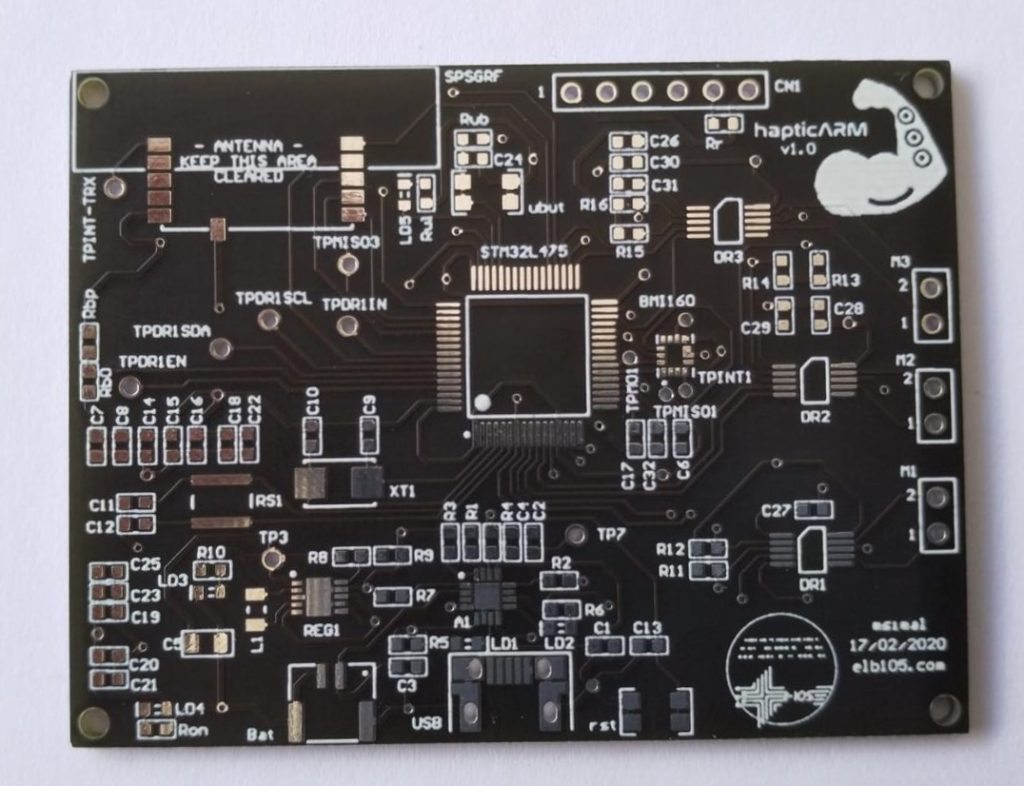
Furthermore, some software tools have been developed to offer this haptic. This task is divided into two phases. The first part is the generation of the code that allows the management of the actuators and the reproduction of tactile effects. The second, is the construction of some tools to define the device’s orientation. A library for operating with quaternions and an application for obtaining the coordinates of a direction vector of the PCB have been elaborated.
Finally, the project concludes by making multiple tests on a development platform. The goal of these experiments is to verify the correct implementation of all the designed tools. The results show that it has been possible to support useful functionalities in research on sensory substitution. Some of these experiments are compiled on the following YouTube channel: https://www.youtube.com/channel/UCu0XuS97EoKVY_ilHYkemPg.

